SUMMARY
This is AI generated summarization, which may have errors. For context, always refer to the full article.
MANILA, Philippines – Jonathan Hickman recently took over both Avengers and New Avengers titles with the launch of Marvel Now, the sort of reboot that Marvel is doing. But rather than totally screwing with their continuity as DC did with their Nu52, Marvel has kept the majority of its storylines and history clearly intact.
What they did was switch around their creators, who had been successful with certain titles, and hand them titles they had not handled before. Thus weʼve got Hickman, coming off the great run he had on Fantastic Four and handling possibly Marvelʼs biggest title right now.
Iʼve heard complaints that he is moving too slowly with both titles. Perhaps itʼs personal bias that has me rooting for him and the larger kinds of stories that he tends to tell. With the kind of vision that Hickman brings to the table, there is a lot of table-setting that needs to be done. He is bringing in a good number of characters that new readers might be unfamiliar with in the main Avengers title.
More interestingly, he goes in a very different direction with New Avengers.
The last run had, well, just a group of other Avengers, sort of tier-2 guys, going on adventures. I mean, we all love Spider-Man and Wolverine, and Doctor Strange, Luke Cage, and the rest are no slouches either. But it was just another team doing stuff.
In contrast here, we have something totally different. Hickman brings back the Illuminati, the heads of various super teams or people who wield tremendous influence, like Captain America, Reed Richards, Tony Stark, and Black Panther. They face yet another worlds-ending disaster, as Earths from various universes in the multiverse are being drawn towards and then colliding with each other.
The question then is how do they go about preventing this? And if the only choice in saving this Earth is to destroy other Earths, should they take it? Itʼs an amazingly heavy moral decision, one that asks for a lot of examination. Comic book scholar Jonathan Evans has a great blog entry exploring the moral-ethical implications made by the issue here.
What makes it powerful, I think, is that it employs a lot of basic comic book conventions, then imbues them with great meaning that can reverberate beyond the page. Weʼve got superheroes. Weʼve got crazy sci-fi science. Weʼve got an Extinction Level Event. All this is par for the course for superheroes.
But weʼve also got an unwieldy alliance, one that could not hold when it was first formed, and one that continues to stand on tenuous and contentious ground. Who are they to decide, behind the scenes, the fate of worlds? Who among them has the fortitude and resolve to make tough decisions? How can anyone make this kind of decision?
Furthering this sense of extremes and poles is the way that New Avengers deploys a very interesting element of comic books, the juxtaposition of image and text. Other art forms might employ this, like film, visual art, and literature. But it produces its own unique effect in the comic book/sequential art format.
Often when we read comics, we expect the text to support the image. Older comics often had characters even bothering to narrate exactly what it was they were doing in the panel. But when deployed with purpose, using text that strongly contrasts with the image can have a fantastic effect.
In film this would be similar to Stanley Kubrickʼs use of juxtaposition in “A Clockwork Orange.” He used the beauty and majesty of select works of classical music set against the ultra-violence and graphic abuse the film was showing (Iʼve chosen not to put a link to some of these scenes as they may be a tad too much for some, but youʼre free to YouTube. If youʼre of the age and have the guts, I do suggest you watch the film in its entirety as it is a masterwork).
The deploying of juxtaposition is a delicate affair. Use it too much and it becomes old. Donʼt use it effectively and the effect is just jarring. But when used properly the effect can be profoundly moving as weʼll observe in the next few panels I will discuss.
So hereʼs our first panel:
We get here Captain America. This is a straightforward panel. Heʼs looking at the rest of the Illuminati and we are expecting him to give one of his usual, rousing speeches that rallies the troops. And we will get that, but we get more.
Now we get the second panel, which also starts at the top of the next page. You have to flip pages, making this panel a total surprise when you are reading this in print — gutter plus page flip is a substantial physical break and creates an effect with great impact:
We get the continuation of Capʼs speech, but look at the images and kinds of colors employed. Itʼs a great job done by all involved.
Hickman writes sparingly, and juxtaposed against seemingly inspirational words like, “If we do not waver we cannot fail,” is the art by Steve Epting portraying Tony Stark unmasked and being choked by a demon, all of it awash in dreadful red by color artist Frank DʼArmata.
And here are the following panels of the sequence, completing Captain Americaʼs speech. All of these come together on a one page spread:
It ends with the assurance, “This is all going to work out. I know it.”
I was left chilled by the way that Captain Americaʼs words were nullified by the images it was set against. There is added import, of course, that it is Captain America, the character who makes these kinds of speeches and inspires heroes. The images offered against his words of confidence, faith, and reassurance are devastating and disheartening.
It is through this kind of technique that work raises its stakes. It makes tangible the kind of threat that heroes face. Sure, fine, in the “real world” we would never have to contend with various Earths colliding against each other. But the challenge is it makes us inhabitants of the real world/Earth 616 believe that the threat is grave, to instill in us that sense of gravitas.
The juxtaposition between Hickmanʼs words and Eptingʼs images create that feeling. They show how this technique can be effectively deployed for great dramatic effect.
Itʼs simple; itʼs one of the basic things in the comics creatorsʼ toolbox. But itʼs still well worth appreciating. In a comic book that is mostly talking heads as characters argue, these couple of pages serve as a jolt to the system as well as a portent of things to come.
These panels have left me excited and looking forward to the rest of the series. With big concepts, deep moral questions, and effective employment of comic book techniques, the creative team of this latest incarnation of New Avengers is showing a lot of ambition and skill. – Rappler.com
Carljoe Javier teaches English and Creative Writing at the University of the Philippines Diliman, but what he would really like to do is spend the whole time in the classroom talking about comic books. He studies pop culture like comic books, film, and other forms of new media. He wishes he could fit into a superhero costume.
Add a comment
How does this make you feel?
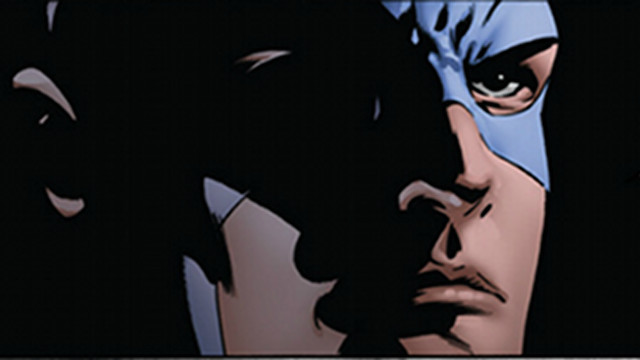

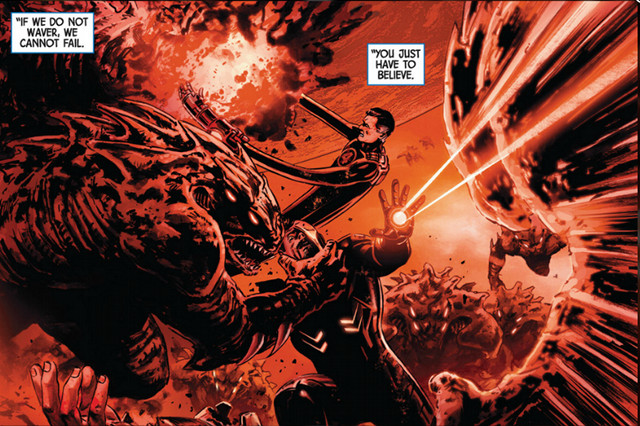
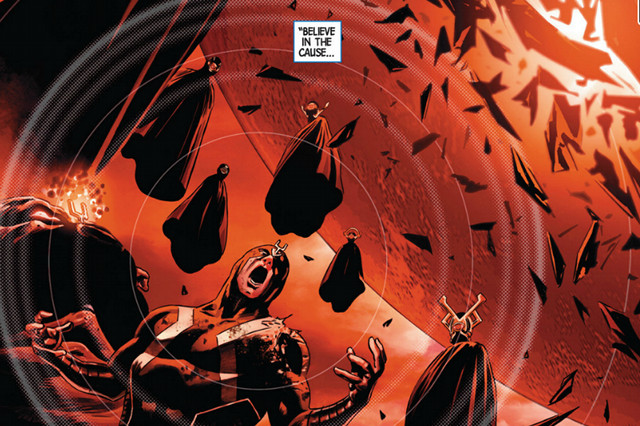
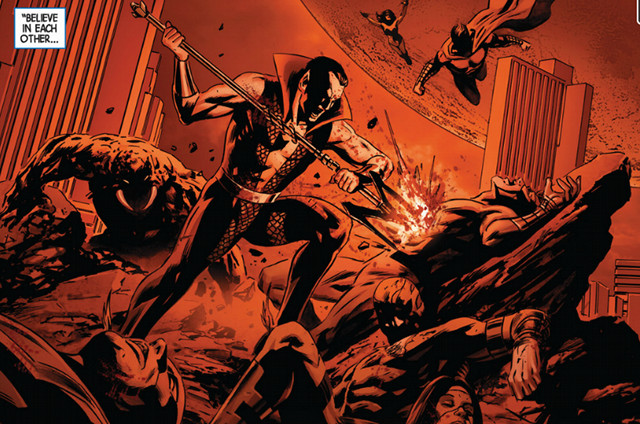
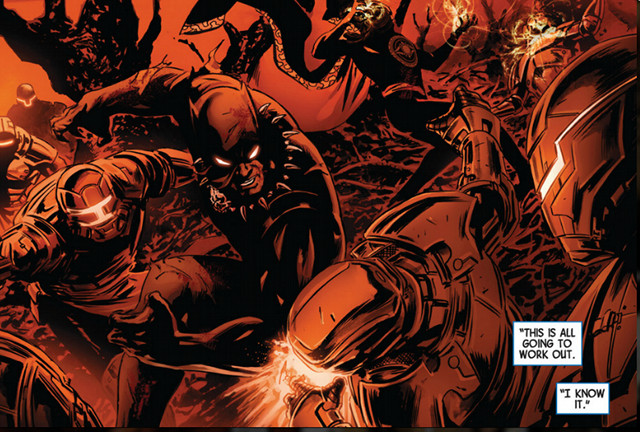
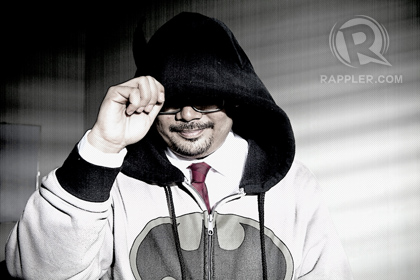
There are no comments yet. Add your comment to start the conversation.